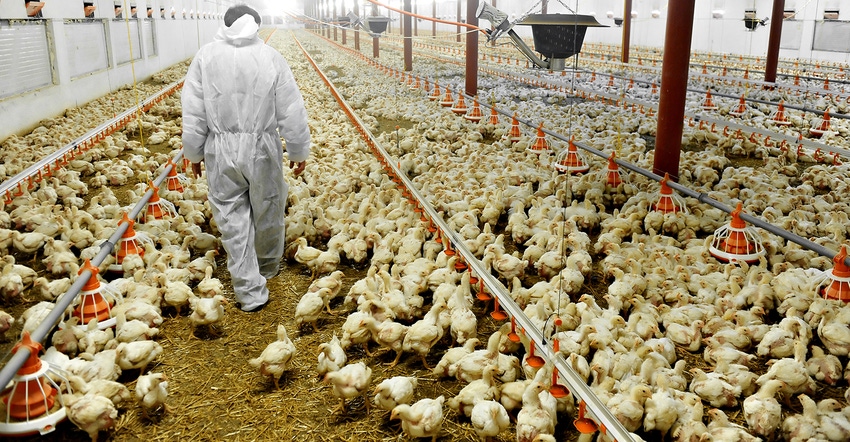January 16, 2018

Poultry and livestock producers are facing an air emissions deadline that could affect their operations, according to University of Missouri Extension agricultural engineering specialist Teng Lim.
The U.S. EPA extended its deadline to Jan. 22 for producers to notify public agencies if their poultry and livestock facilities emit (release into the air) more than 100 pounds of ammonia or hydrogen sulfide daily, Lim says. A court of appeals stayed the previous November deadline.
The facility owner or operator can notify the National Response Center using a new email address: [email protected]. After receiving a notification email, NRC will send an automatic response email with a single identification number (CR-ERNS) for the submitter’s farm. The next step is to submit an initial written notification to the EPA regional office with the identification number.
EPA is enforcing an existing reporting rule on the Comprehensive Environmental Response, Compensation and Liability Act. The deadline results from an appeals court ruling that requires EPA to enforce the existing reporting rule. The decision does not affect a related rule, the Emergency Planning and Community Right to Know Act, which is triggered by similar emissions values.
EPA has asked the appeals court to reconsider enforcement of the deadline, but at this time the rule is set to go into effect, Lim says. The best plan is to prepare, and MU Extension specialists are available to help advise producers, he says. Producers should follow the emission reporting issue closely, especially for new information released by the agencies.
According to Lim, ammonia emission will be the greater value triggering reporting. For example, based on ammonia emission, farm sizes likely to emit 100 pounds of ammonia daily are:
• 1,430-head dairy farms
• 1,020-sow gestation farms
• 1,818-head grow-finish facilities
• 26,240-broiler operations
• 28,200-layer or larger operations
University of Illinois Extension specialists devised a table of animal numbers that can help producers decide if they fall within the mandatory reporting guidelines. Go to the University of Illinois animal numbers guidelines webpage to download the guidelines.
Lim urges farmers to review their operations and the rules, and be prepared to make the mandatory reports. He says the reporting requirements can be met by making a phone call and follow-up report within 30 days. If a farm participated in the EPA’s AFO Air Compliance Agreement and has made no changes to its operation since 2008, the farm is exempt from the Jan. 22 deadline.
For more information, go to the EPA reporting webpage.
For compliance assistance, call the EPCRA, RMP & Oil Information Center at 800-424-9346.
Source: University of Missouri Extension
You May Also Like




